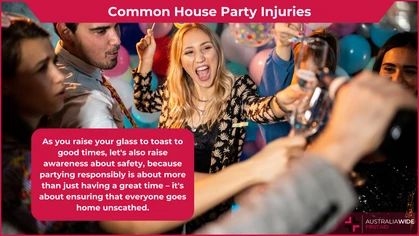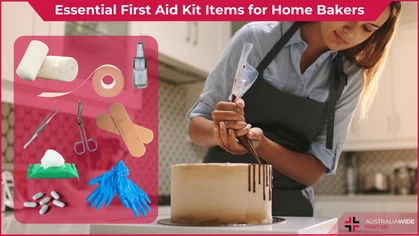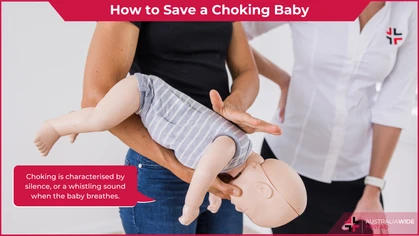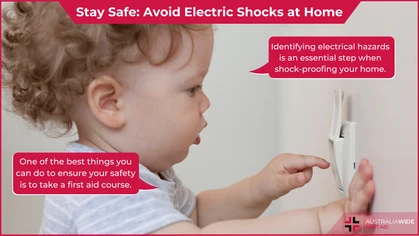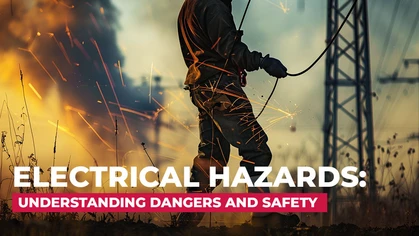How to Reduce Your Risk of Being Struck by Lightning

Danger
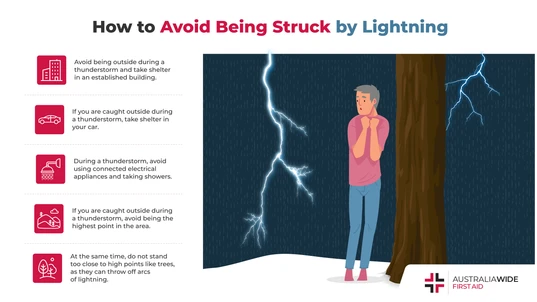
Though being struck by lightning might seem far-fetched, over one hundred people in Australia are injured by lightning strikes every year. Injuries can include cardiac arrest, neurological damage, and skin burns. Luckily, there are ways to reduce your risk of being struck by lightning.
Lightning strikes are absolutely terrifying and yet, so beautiful to watch. From a far away distance. The amount of energy in a single lightning bolt is 5 billion joules. It can heat the surrounding air and the temperatures can measure up to 30 000 degree Celsius! That extreme heat can even vaporise the water inside a tree, creating hot steam that blasts the tree. All these seem to come right out of a science fiction book, but they are facts and they do happen in the real natural world. In this article, we will cover the science behind lightning strikes, how we can reduce our risk of being hit by one and the relevant first aid treatment. Let’s begin!The Physics Behind Lightning Strikes
Very simply put, lightning is an electrical discharge that occurs when there is an imbalance of electrons in the clouds or between the clouds and the ground. Let’s dive into the details. A storm cloud has positive and negative charges. The top of the storm clouds has more positive charge while the bottom has more negative charge. How does this happen? Generally, clouds are made up of millions of water droplets and ice particles that are moving or tossed about at incredible speed. Water from the ground evaporates, rising to the sky and as it reaches the clouds, the water droplets form clusters. They then collide with the water droplets in the clouds. During these collisions, the electrons are separated from the rising clusters of water droplets, leaving the electrons at the bottom of the clouds and the positively charged clusters of water droplets rising to the top of the clouds. The static charges continue to build up. This causes the electric fields around the cloud to become so strong that they transform the surrounding insulating air into a conductor that transfers charges as a lightning bolt from the clouds to the ground. Step ladders, for example, provide a path for the lightning bolt to follow or travel from the cloud to the ground. The excess electrons at the bottom of the cloud travel through the air to the ground at an estimated speed of 200,000 miles per hour. The electrons travel a zigzag path to the ground as the presence of certain particles or dust particles in the air makes those areas more conductive for the electrons to travel. When our skin is dry, it has a high resistance to electric current. However, when we perspire, our skin becomes wet and the salt from the perspiration allows the ions in the water to move freely. This lowers the electrical resistance of our bodies, making the human body a great conductor of electricity. Thus, electricity can travel on the skin surface without any infiltration, making us highly susceptible to lightning strikes.Risk Factors for Lightning Strikes
Five to ten Australians die from lightning strikes every year and over one hundred people get injured from lightning strikes annually. A UQ mathematician, Professor Peter Adams, calculated that Australians have a 1 in 12,000 chance of being struck by lightning, which is more than 650 times the chance of winning the Lotto, which is one in eight million. An estimated two thousand thunderstorms happen globally at any moment in time, with a hundred lightning strikes every second. That is 10 000 000 lightning strikes each day! In 2021, the country with the highest lightning strikes was Brazil, which had more than 225,600,000 strikes. The country with the highest lightning density, meanwhile, was Singapore. Situations that increase your risk of being injured by a lightning strike include:- About 80 out of the 100 lightning strike injuries that occur each year in Australia are due to people using landline telephones during thunderstorms.
- Being near to an object that was struck by lightning: A side flash or side splash can happen when lightning strikes a taller object and some of the current jumps from the taller object to a person near it. In most instances, the victims are those who seek refuge under a tree during a thunderstorm.
- Being out in an open area.
- Being wet: As we mentioned earlier, wet skin is approximately 50% less resistant to electrical currents than dry skin. So, if you get soaked by rain during a thunderstorm, this could mean the difference between an unpleasant electrical shock becoming a deadly one.
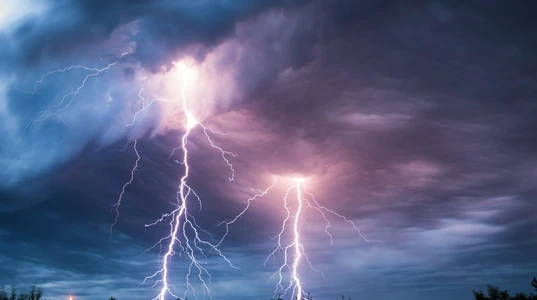
Lightning is a massive arc of electricity. It occurs when there is a build up of negative electrical charge in the clouds, which becomes so great that it discharges into the positively charged earth below.
How to Lower Your Risk of a Lightning Strike
- Unplug your landline phone and stay clear of it.
- Stay away from doors and windows.
- If you are outside during a thunderstorm, stay in your car or other solid structures.
- Do not seek shelter in the highest object in the area.
- Remove all metallic items and jewellery from your body.
- Do not go to water sources.
- Stay away from tall objects such as trees, powerlines and metal poles, since they can absorb the lightning strikes and conduct the electricity to nearby objects though the surface of the ground.
- If you hear a “buzzing” sound or your hair is standing on end, you need to recognise that you are in an area that is about to be struck by lightning and must leave immediately.
Complications of a Lightning Strike
Out of every ten people struck by lightning, 9 will survive the incident. However, lightning strikes can cause many medical and health problems for the survivors. They can suffer from:- Cardiac arrest
- Respiratory muscle paralysis
- Neurological damage
- Amnesia or loss of memory
- Superficial skin burns
- Hearing damage, partial hearing loss or permanent hearing loss
- Optic nerve injury
- Internal organ failure
First Aid for a Lightning Strike
- Call Triple Zero (000) for medical emergency help immediately.
- The victim will not have any electrical charge on them. It is safe for you to touch them.
- Follow the DRSABCD protocol.
- Check if the person is conscious and responsive. If they are not responsive, look, listen and feel for breathing.
- If their breathing is normal, place the person in a recovery position and continue to monitor their condition for signs of deterioration.
- If they are not breathing normally, commence CPR.
- Continue CPR until help arrives or the person begins breathing normally.
- If they have sustained electrical burns, place the burnt area under cool running water for 20 minutes. Cover the burns with a sterile gauze bandage or a clean cloth. Do not use a towel as the loose fibres can stick to the burns.
Final Thoughts
In this article, we discussed how lightning strikes happen, the statistics for lightning strikes in Australia and the world, ways that you can reduce your risk of getting struck by lightning and the relevant first aid treatment. To develop the knowledge and the skills to provide first aid in a wide variety of medical emergencies, book a date to learn First Aid with Australia Wide First Aid today!
Originally published at
https://www.australiawidefirstaid.com.au/resources/chances-of-being-struck-by-lightning
as part of the Australia Wide First Aid Articles Library



